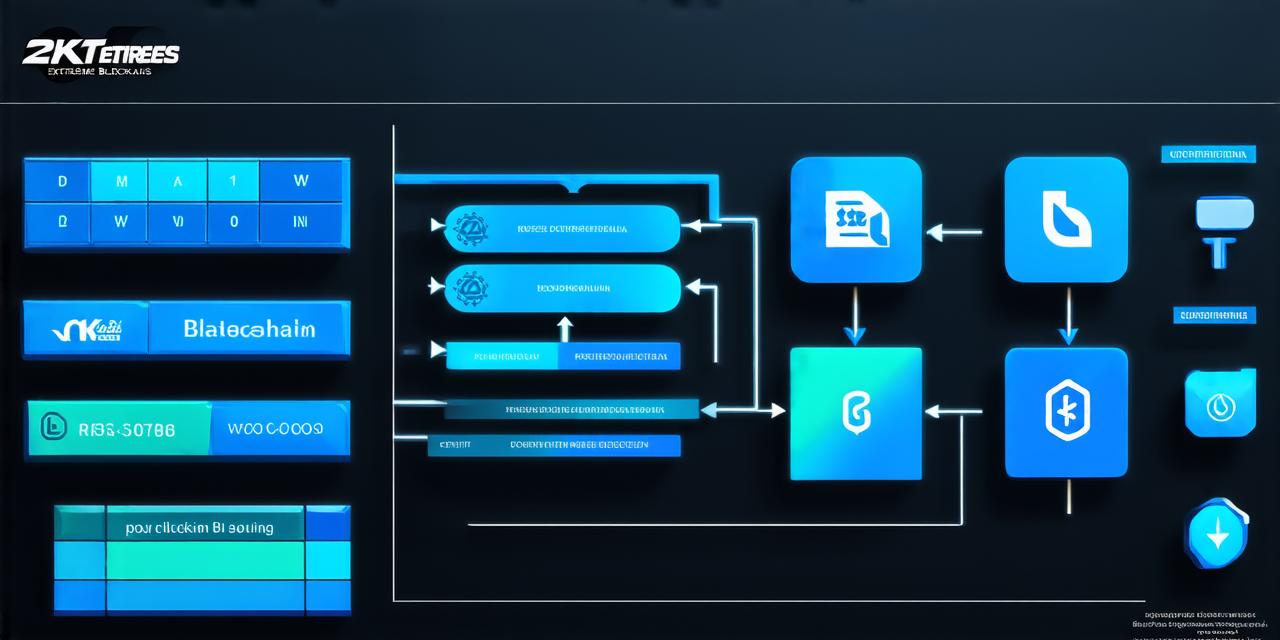Introduction:
Blockchain technology is revolutionizing industries across the globe, offering a secure and transparent way to store and transfer data. One of the key aspects of blockchain technology is its decentralized storage architecture, which eliminates the need for a central authority or intermediary. However, this raises questions about how blockchain data is stored and managed. In this comprehensive guide, we will explore the different ways in which blockchain data can be stored and discuss the advantages and disadvantages of each approach.
Public vs Private Blockchains:
There are two main types of blockchains: public and private. Public blockchains, such as Bitcoin and Ethereum, are open to anyone and allow anyone to participate in validating transactions. These blockchains are typically stored on distributed networks of computers, with each participant storing a copy of the ledger. This approach provides maximum transparency and security, but can be slow and expensive due to the large amount of data that needs to be stored and processed.
On the other hand, private blockchains are only accessible to a select group of participants, such as members of an organization or a consortium. These blockchains are typically stored on a centralized server or network, which can provide faster transaction processing times and lower costs. However, they offer less transparency and security compared to public blockchains, as the data is not publicly accessible and can be manipulated by the central authority.
Distributed Storage vs Centralized Storage:
In addition to public and private blockchains, there are two main approaches to storing blockchain data: distributed storage and centralized storage. Distributed storage involves storing copies of the ledger on multiple computers or servers across a network. This approach provides maximum redundancy and fault tolerance, as any single point of failure can be replaced by another node in the network. However, it can also be slow and expensive, as each participant needs to maintain a copy of the ledger.
Centralized storage involves storing all the data on a single server or network, typically managed by a central authority. This approach is faster and more cost-effective than distributed storage, as there is no need to maintain multiple copies of the ledger. However, it offers less redundancy and fault tolerance, as any failure in the central server can lead to data loss or corruption.
Case Study: Storing Blockchain Data on AWS
Amazon Web Services (AWS) is a popular cloud computing platform that provides a range of services for storing and managing blockchain data. One of the key benefits of using AWS for blockchain storage is its scalability, as users can easily add or remove nodes from the network as needed to adjust to changing workloads.
Another advantage of using AWS for blockchain storage is its security features, which include encryption, access controls, and compliance certifications. AWS also offers a range of tools and services for managing blockchain applications, including smart contract development and deployment, data analytics, and machine learning.

Real-Life Example: Cryptokitties on Ethereum
Cryptokitties is a blockchain-based game that allows users to breed and collect unique digital cats. The game is built on the Ethereum blockchain, which provides secure and transparent storage for the data related to the cats, including their genetic makeup, ownership history, and market value.
The game has been incredibly popular since its launch in 2017, with millions of users participating and creating new cats. The success of Cryptokitties highlights the potential of blockchain technology to revolutionize industries and create new forms of entertainment and commerce.
FAQs:
Q: What is the difference between public and private blockchains?
A: Public blockchains are open to anyone and allow anyone to participate in validating transactions, while private blockchains are only accessible to a select group of participants.
Q: What is the difference between distributed storage and centralized storage of blockchain data?
A: Distributed storage involves storing copies of the ledger on multiple computers or servers across a network, while centralized storage involves storing all the data on a single server or network.
Q: What are the advantages and disadvantages of using AWS for blockchain storage?
A: Advantages include scalability, security features, and a range of tools and services for managing blockchain applications. Disadvantages include higher costs compared to other cloud platforms and potential single points of failure in the central server.
Summary:
Understanding how blockchain data is stored and managed is essential for developers working with this technology. Whether you choose a public or private blockchain, distributed or centralized storage approach, it’s important to carefully consider the advantages and disadvantages and choose the solution that best meets your needs. With the right tools and strategies in place, blockchain technology can help organizations achieve greater transparency, security, and efficiency in their data management processes.
